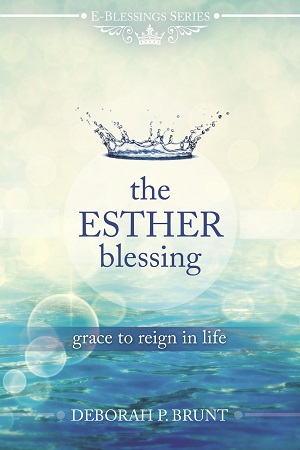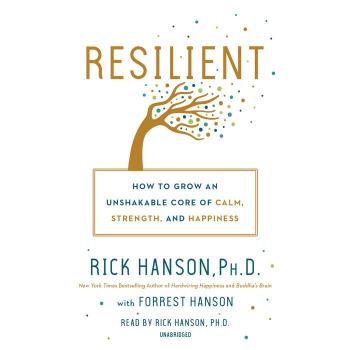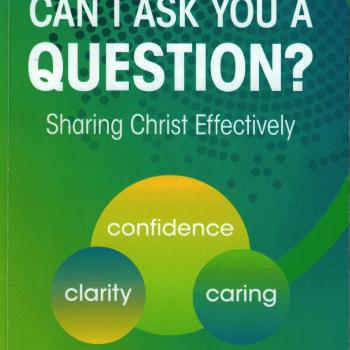The Esther Blessing by Deborah P. Brunt
The Esther Blessing by Deborah P. Brunt is a study of the book of Esther. The book does not give a complete verse-by-verse study of the book. However, Brunt does a great job showing how grace flows through the book. She spends the first couple of chapters critiquing the traditional interpretations of the book. She shows how King Xerxes and Haman are really narcissists and that Esther is not in a Godly marriage.
After the initial chapters, Brunt shifts the emphasis of her interpretation of the book from how a woman wins a beauty contest to how God uses a woman to save her people. Brunt suggests that the book is about grace. She uses the water cycle (revealed in Ecclesiastes 1:7) as an illustration to suggest that there is also a grace cycle. Graces comes down, then flows out and then flows up. Brunt contends that the book of Esther illustrates this principle.
As one reads through the book, Brunt shows how Esther receives favor from men and then grace – which she defines as favor from God. Esther uses this favor from the men, and God uses Esther, to save the people of Israel.
Brunt explains that the sin of narcissism is what enslaved the people of Israel in Persia. She identifies Xerxes and Haman as the two main enemies of the Jewish people. She explains a valid way in which Haman may have descended from the Amalekite king Agag who was originally killed by the prophet Samuel. Brunt compares the events in the book of Esther and suggests that a culture of narcissism is just as epidemic today in the United States as it was in the days of Xerxes. In fact, this culture of narcissism has gone virally worldwide. She quotes heavily from the books The Self-Seekers, The Narcissistic Epidemic, and The Mirror Effect: How Celebrity Narcissism Is Seducing America. There may some truth to the challenges that she concludes from these sources. Namely, that a few narcissistic and self-absorbed people can influence an entire nation of people. Haman did it, Hitler did it, and someone could easily do it today. Our culture today is just as easily able to be enslaved by the sin of narcissism as the people of Israel were in the days of Esther. Brunt warns the reader about spiritual schizophrenia – narcissism mixed with compassion and humility in the church. She suggests that this dangerous mixture can prevent God’s people in the church from making an influence like they should.
What is Brunt’s solution to the sin of narcissism? Living and reigning in this life by grace. Mordecai and Esther are our examples to follow.
Another theme which Brunt addresses the how prominent royalty is addressed in the book of Esther. The book of Esther is filled with references to royalty in one way or another. The word royal and related words are used over 250 times in the book of Esther. There is the royalty in the book which is seen (fake royalty) and then there is the royalty which is unseen (true royalty). What is not seen conquers what is seen, and what is not said speaks louder than what is said. God is never mentioned in the book, but one can read that God is working in the unseen realm to accomplish His purposes.
As part of that royal nature, Brunt calls the reader to live out the aforementioned grace cycle. She explains in practical ways how this grace cycle (found in 2 Corinthians 9) can flow from God through you to other people. Grace-flowing down, conducting out, and then flowing back up in praise and thanksgiving to God. I found it interesting how the grace cycle in 2 Corinthians 9:19 parallels the water cycle in Ecclesiastes 1:7. Through the rest of the book, Brunt shows how Esther and Mordecai are examples of this grace cycle which we call can encounter and live out in our lives.
Overall, I enjoyed reading this book. I discovered some insights which I may be able to share with others in the future. While not an exact commentary on the book of Esther, The Esther Blessing could be used as a resource to supplement the study of the life of Esther. Clearly, the book had insights that would not have not come out had it not been written by a woman. A woman’s perspective was helpful in interpreting some texts in the book of Esther. I would recommend this book to those who want to study the book of Esther and need a guide.
Disclosure of Material Connection: I received this book free from the author and/or publisher through the Speakeasy blogging book review network. I was not required to write a positive review. The opinions I have expressed are my own. I am disclosing this in accordance with the Federal Trade Commission’s 16 CFR,Part 255.













